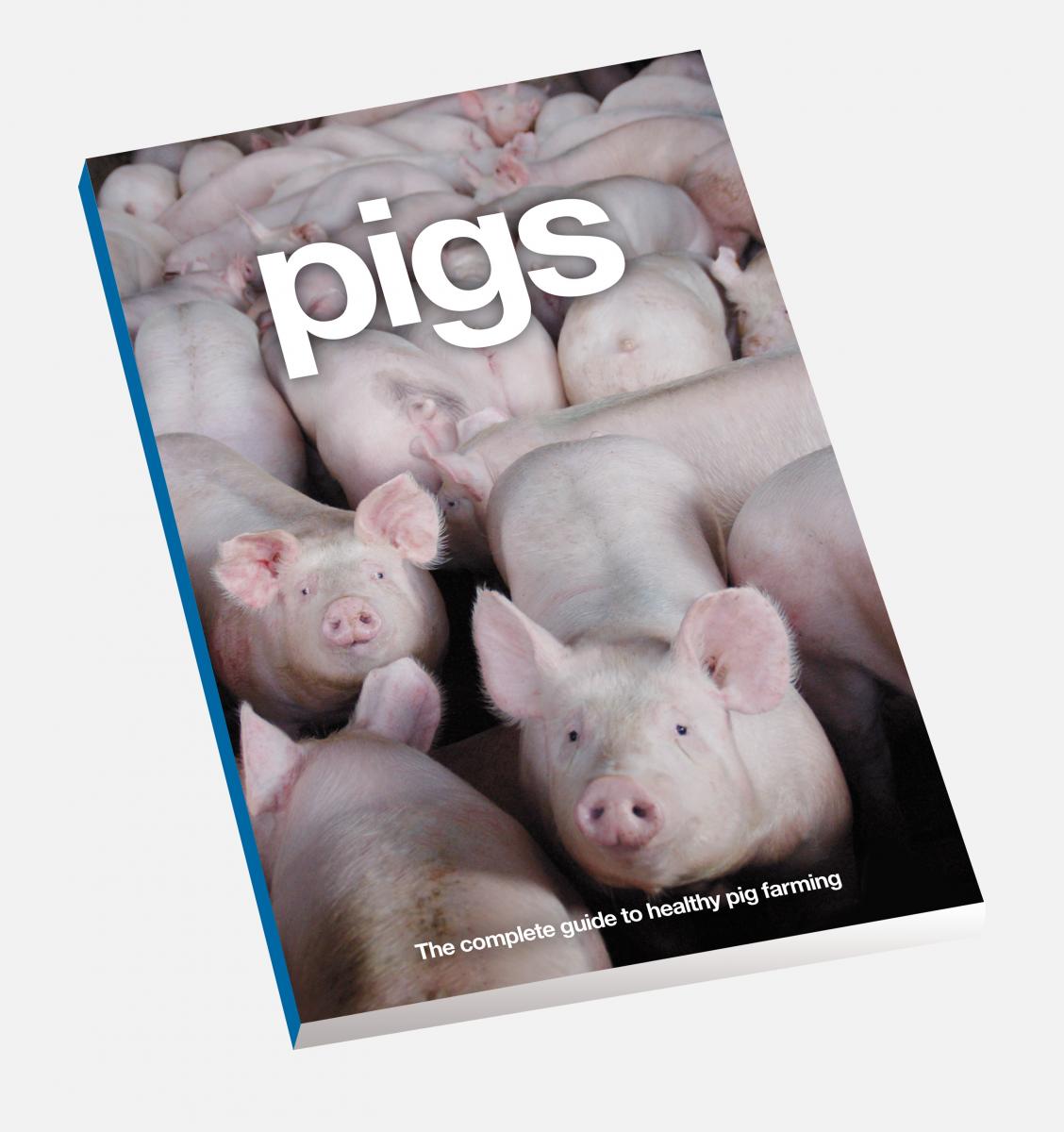

Globalization means that the pork that ends up on our plate can come from anywhere in the world. At the same time consumers now shop in a different way from how they used to in the past and prefer to go to a supermarket where they can choose from a huge range of products instead of going to the local butcher. The stringent demands imposed by these retailers have put pig farmers’ margins under pressure and are forcing them to make savings by using economies of scale. This trend towards ever bigger farms means that production costs and optimising efficiency have become key concepts in modern pig farming.
In order to be able to optimise production results, pig farms have to aim for a high health status, so as to keep the costs of disease prevention under control. This can be done, for example, by putting SPF (Specific Pathogen Free) sows into a farm or, more easily, by introducing synchronized group management systems.
In addition to this changed market situation, pig farmers also have to comply with a string of regional guidelines and European directives, which not only impose strict rules with regard to reducing ammonia emissions and managing manure, but also regulate other areas such as the group housing of sows for better animal welfare.
For the farm manager, therefore, making the right decisions for his or her farm is a very difficult task and one which involves taking into account all the aspects of modern pig farming. The aim of this book is to explain all these aspects of pig farming in order to help the farmer run a productive farm and deliver a healthy and foodsafe product. It can also be used as a guide to making day-to-day decisions on the pig farm.
You can order this book by e-mailing info@cidlines.com.